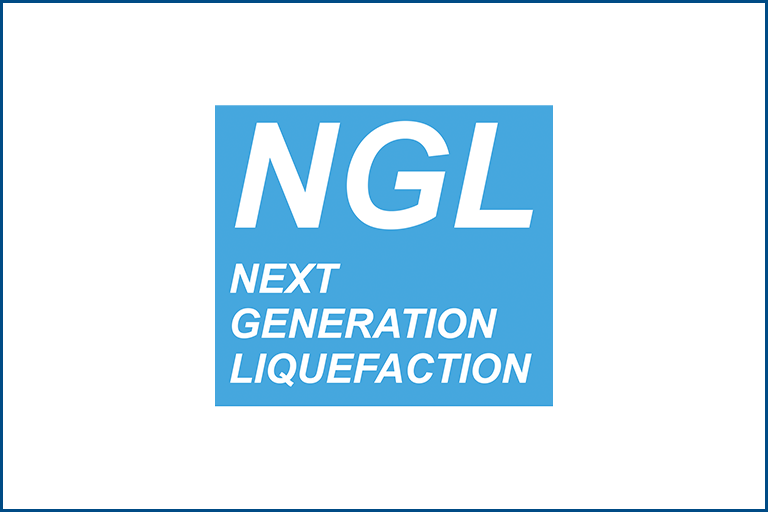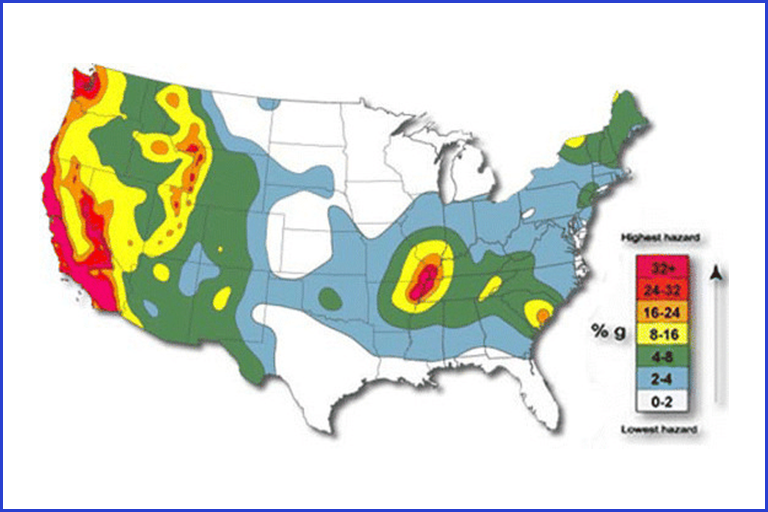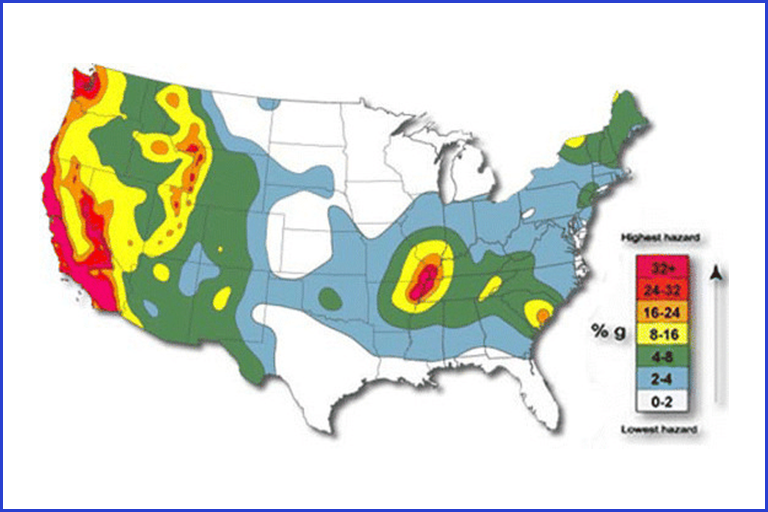About the Lifelines Program
The goal of the PEER Lifelines program is to improve seismic safety and reliability of lifeline systems. The projects in this program are primarily user-driven research projects, with strong collaboration among sponsoring lifelines organizations and PEER researchers. They range from engineering characterization of ground motions, to local soil response, to response of bridge structures, to performance of electric substation equipment, to developing open-source seismic risk assessment tools for gas infrastructure.
The PEER Lifelines program has successfully brought together multidisciplinary teams of practicing engineers (geotechnical, structural); scientists (geologists, seismologists, social scientists); funding agencies (Federal, State of California, private industry); academicians, and end-users. An example of such successful multidisciplinary collaboration that was funded by the Lifelines Program is the NGA West Program that has resulted in major advances in characterization of seismic hazard, especially in the western United States.
Another unique characteristic of the PEER Lifelines program is its diverse, and mostly non-NSF, sources of funding.
If you are interested in knowing more about a specific research project in the PEER Lifelines program, please contact Khalid Mosalam at mosalam@berkeley.edu.

The lifelines research projects are organized into eight topics as shown in the above chart.





